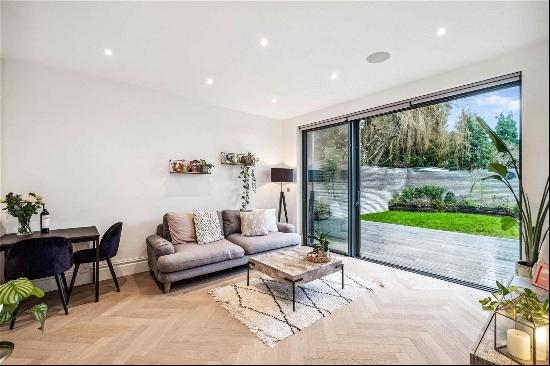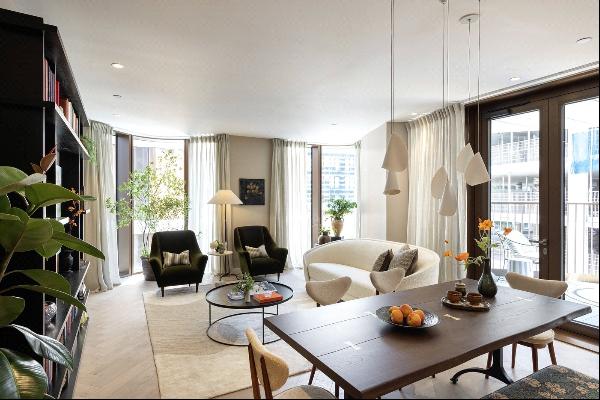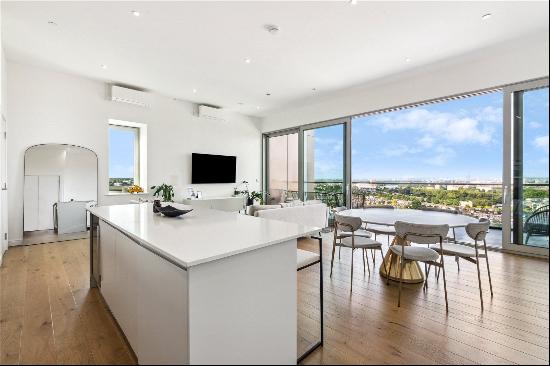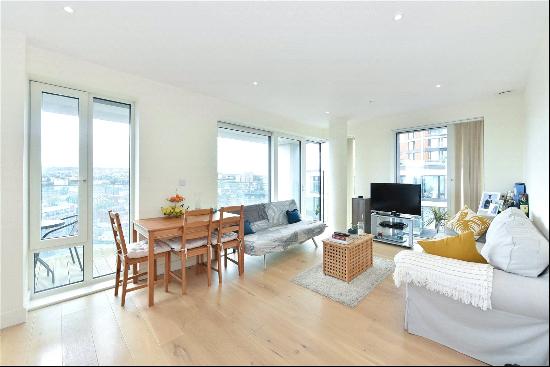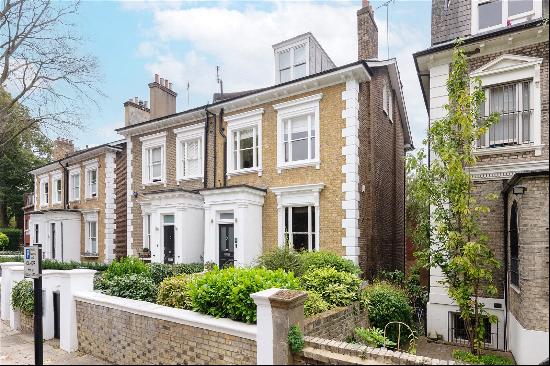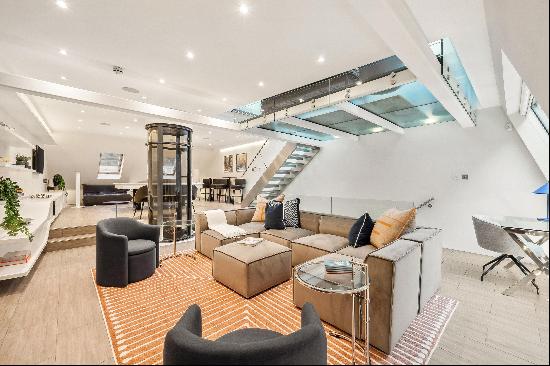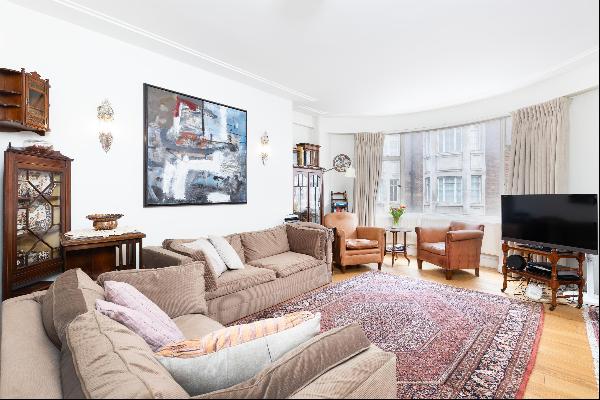
By Adrian Justins
Most smart home tech can be operated when you are at home by using an app on a phone but to control your devices when you are away from your property or to automate multiple products together, an optional smart home platform (or ecosystem) is required. As we discussed in the second part of our series on smart home tech, not all devices are compatible with all smart home control platforms and it’s best to make sure any products that you buy will work on the platform of your choice. Alternatively you can choose to work outside of control platforms, but there are limitations.
Here we explain the main differences between the platforms to help you identify which system will most suit your needs.
Apple HomeKit
An Apple HomeKit hub — such as an Apple HomePod Mini (pictured below and main picture above) or an Apple TV box — allows iPhones, iPads and Apple Mac computers to control individual smart home devices and trigger grouped automations. Siri is Apple’s voice assistant that can be used to control multiple devices in sync with one another and can be summoned simply by saying the command “Hey Siri” into the phone or in earshot of an Apple smart speaker (ie a HomePod or HomePod Mini).
Unlike Google, Amazon and Samsung, Apple doesn’t make any smart home products itself (aside from its hub devices). There are also far fewer HomeKit-compatible gadgets from third party manufacturers than there are for Google’s and Amazon’s platforms (hundreds compared with tens of thousands). This is largely because of Apple’s tighter control over third-party certification, though it does contribute to it being the most reliable and secure system. The platform has proved to be less vulnerable than Google's or Amazon's to being hacked and data is generally stored locally rather than in the cloud.

Google Home
Google’s smart home platform is controlled by Google Assistant, which is compatible with more than 50,000 smart home devices from more than 10,000 companies. Its voice control is considered superior to that of Siri (Apple) or Alexa (Amazon) and is capable of more complex instructions, such as being told to switch on the television and dim the lights in the same sentence rather than as two separate commands.
Google Home hubs are available as smart speakers and smart displays — speakers with touch-operated LCD screens — some under the Google Nest sub-brand such as the 2nd Generation Nest Hub (pictured below), others called Google Home. Google also makes a WiFi router, the Nest WiFi Pro that acts as a smart home hub. Like Siri in iPhones, Google Assistant is built-in to Android phones and Google hubs and is instantly available.

Amazon Alexa
Alexa supports more smart home devices than Google Home, Apple HomeKit or Samsung SmartThings. If using an Android or iOS phone to access Alexa’s voice control, a separate app must be manually opened but Amazon’s hubs such as the Echo, Echo Studio and Echo Show 10 (pictured below) are always on standby.

Samsung SmartThings
SmartThings is both a hardware brand and an app-based control platform that is compatible with hundreds of products. SmartThings devices can be controlled by Google Home and Amazon Alexa apps, but not Apple HomeKit. A SmartThings hub (pictured below) is only really necessary to control devices that use Z-Wave and Zigbee, which are low-power alternatives to WiFi that do not work with the other platforms and are arguably the most compelling reason for choosing the platform.

Working outside of control platforms
It is possible to circumvent the restrictions of various control systems. For example, Google Nest devices, such as security cameras, thermostats and smoke alarms, can’t be added to Apple’s HomeKit platform but they can be controlled through the Google Home app on an iPhone or iPad.
Similarly, Amazon smart devices such as Ring doorbells can also be operated with an iPhone, and in some cases can be easier to manage than when using Apple’s own platform. With a Hive heating and lighting system for example, the Alexa app can search your network and automatically add each thermostat, radiator valve and lightbulb, whereas the Apple Home app requires you to rename every device manually and tell it which room it is in.
Setting up automations
It is still recommended to stick to one platform to simplify setting up devices and programming routines. These can be scheduled — you could set your bedroom curtains to open at a certain time and a smart speaker to play your favourite radio station to wake you up in the morning. Alternatively, you can use voice control to activate preprogrammed automations, such as by saying “Alexa, goodnight” to turn off the lights, lock exterior doors and set the heating to a lower level.
Devices can also be set to be triggered by external factors. You might want the lights in a room to flash when a washing cycle is done or when your football team scores a goal. These “If this, then that” (IFTTT) routines may involve a bit of tinkering with settings in the control platform app but there are various downloadable “skills” that simplify the process.
Setting up a smart home can seem complicated but seeing devices perform useful tasks — including saving money by reducing unnecessary lighting and heating usage — is rewarding and enjoyable. If it all still seems too complicated, the option remains to use a professional custom installer.
Photography: Apple; Google Home; Amazon; Samsung SmartThings










